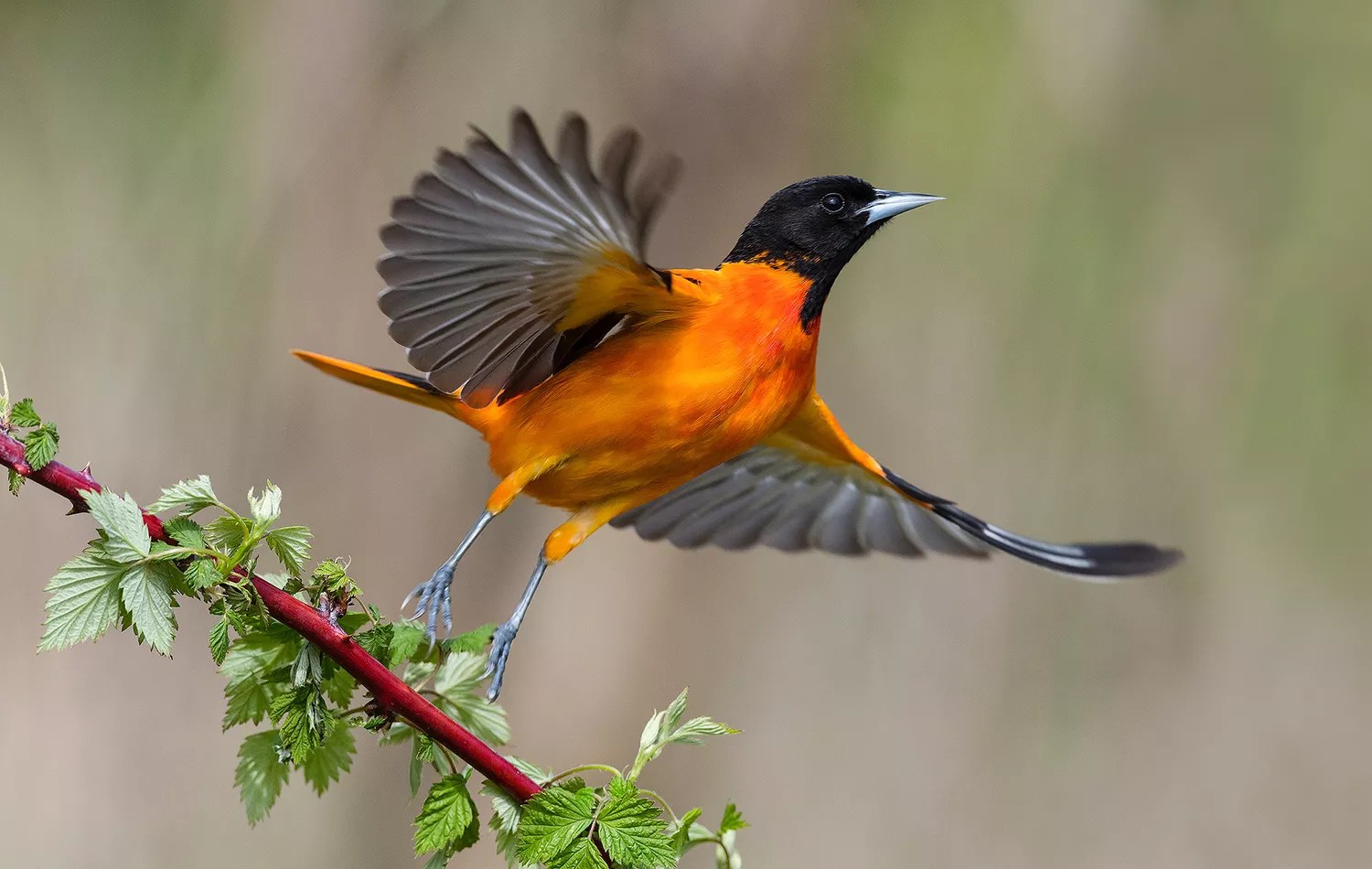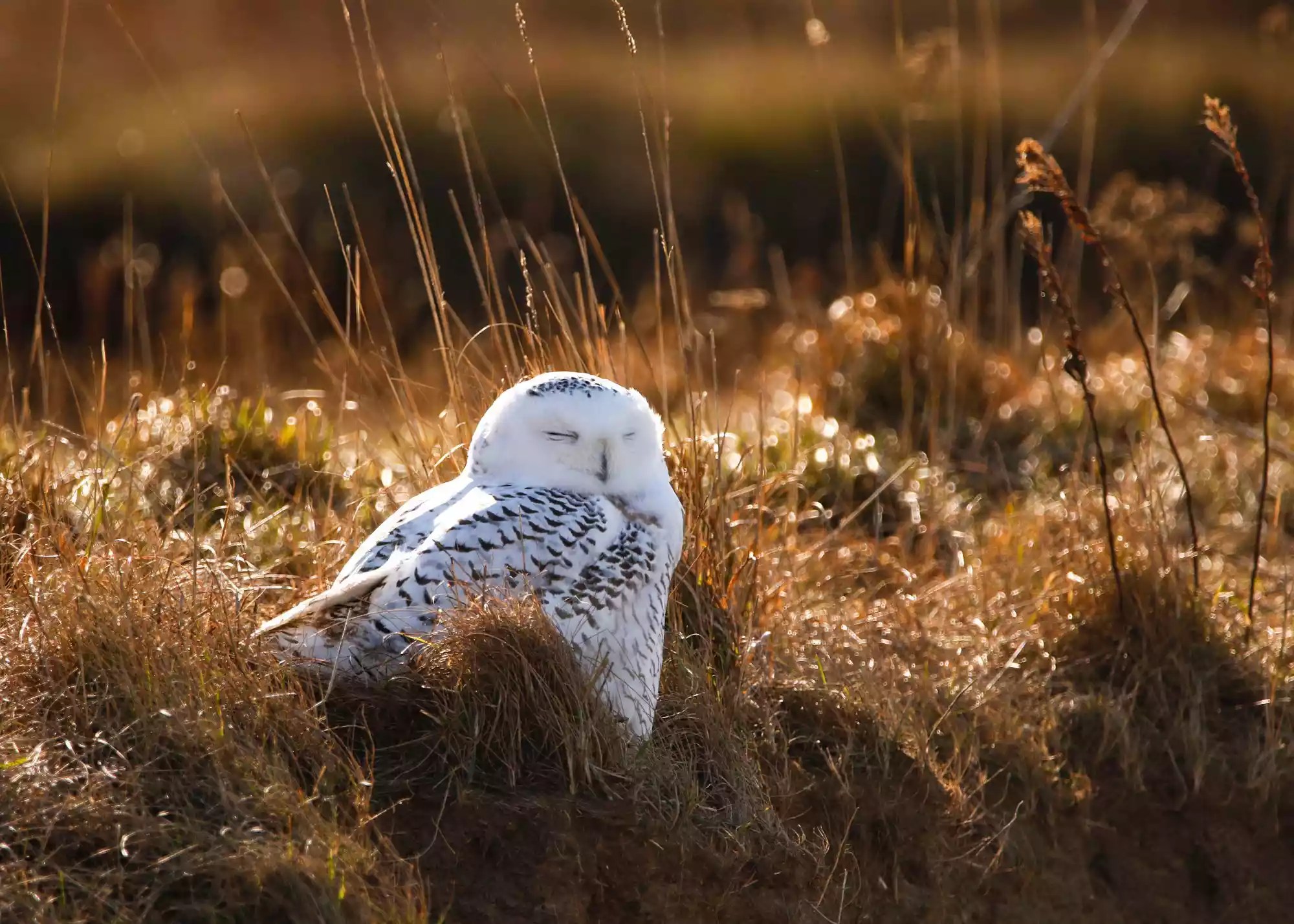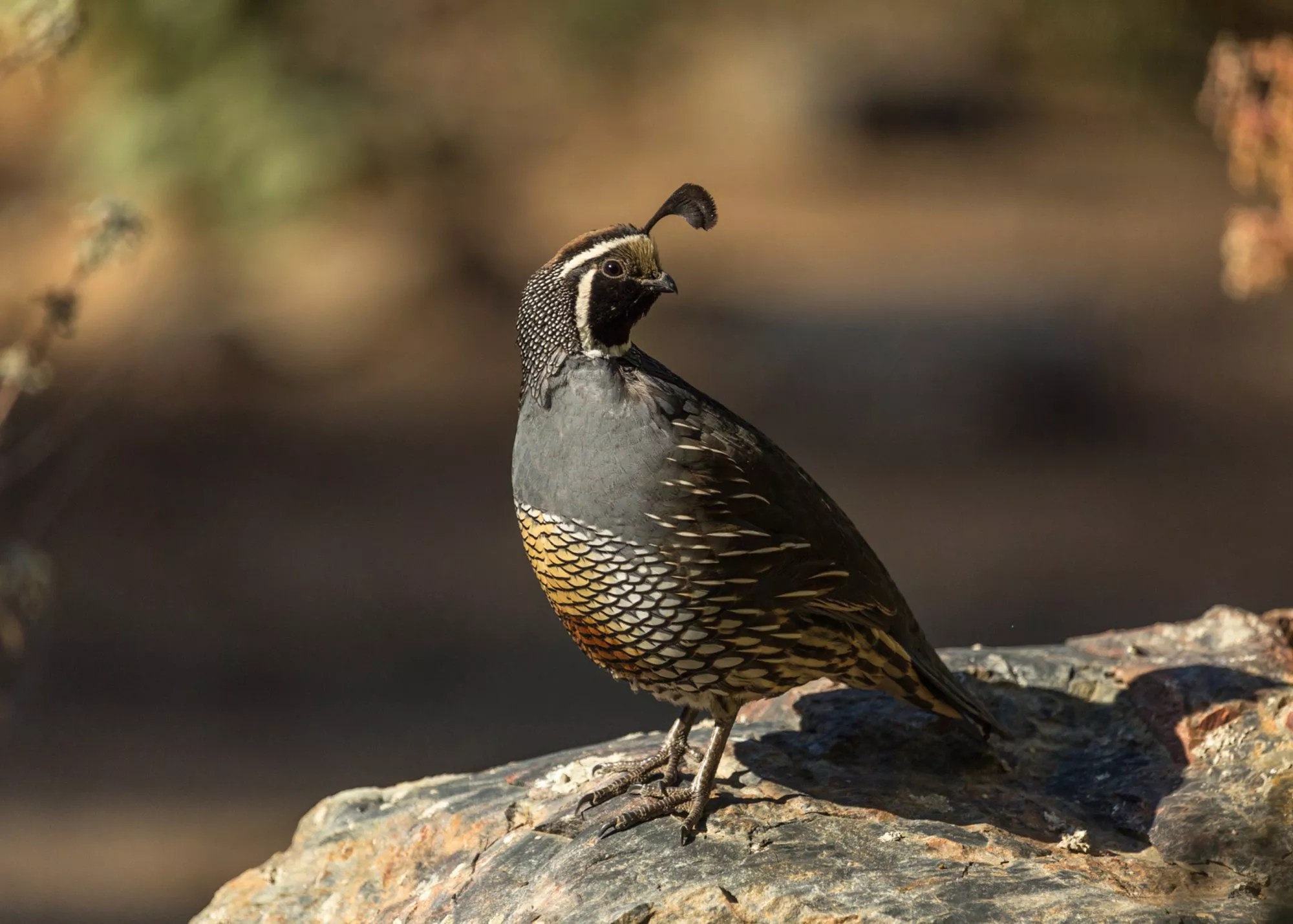Photo: Getty

North America’s skies could look very different if climate change continues to go unchecked.
According to a new study from the National Audubon Society, a nonprofit environmental group dedicated to wildlife conservation, nearly two-thirds of the North American bird population is facing extinction if global warming hits 3 degrees Celsius (5.4 degrees Fahrenheit).
Sunil Gopalan

The National Audubon Society’s research followsthe aforementioned studythat revealed the Unites States and Canada havealready lost 2.9 million birds in the last 50 years. The nonprofit’s new study shows falcons, warblers, sparrows and owls native to North America are just a few of the birds among the 389 types of birds that have become vulnerable to extinction due to climate change.
Calgary Birder/Flickr

Deborah Johnston

This need to find a new home warrants them in danger of extinction as it exposes them to new predators and new conditions they may not be suited for. And while birds become more and more vulnerable, they indicate a looming effect of climate change on humans as well.
Gary Robinette

“Birds are important indicator species, because if an ecosystem is broken for birds, it is or soon will be for people too,” senior climate scientist at Audubon, Brooke Bateman, warns in a statement to PEOPLE. “When I was a child, my grandmother introduced me to the Common Loons that lived on the lake at my grandparent’s home in northern Wisconsin. Those loons are what drive my work today and I can’t imagine them leaving the U.S. entirely in summer but that’s what we’re facing if trends continue.”
However, there is hope. The study shows that if actions are taken to stabilize carbon emissions and hold global warming to the Paris Accord standard of 1.5 degrees Celsius (2.7 degrees Fahrenheit), then 76 percent of the vulnerable bird species will survive.
Carl Reese

“We already know what we need to do to reduce global warming, and we already have a lot of the tools we need to take those steps,” Renee Stone, vice president of climate at Audubon, tells PEOPLE.
Jason Crotty

“Now, what we need are more people committed to making sure those solutions are put into practice,” she adds. “Our elected officials at every level of government must hear from their constituents that this is a priority.”
source: people.com